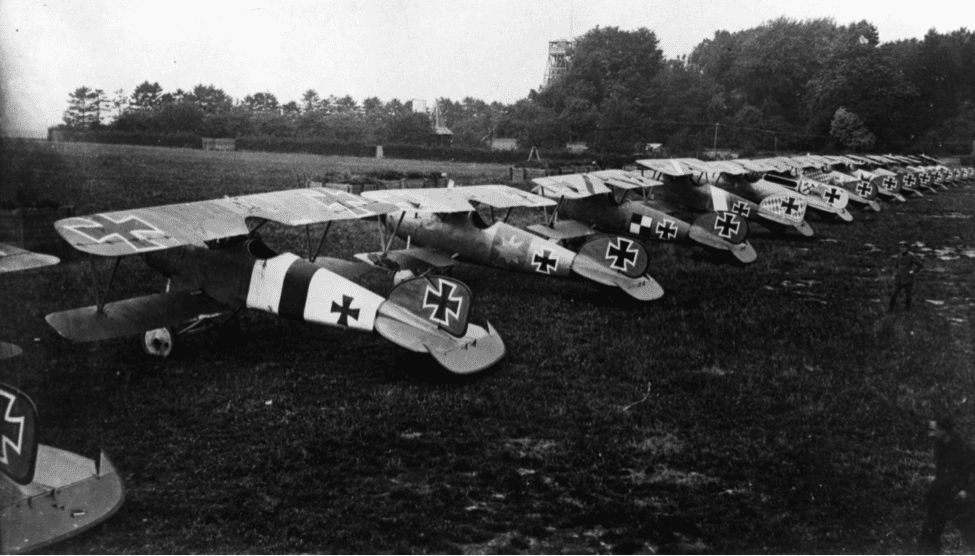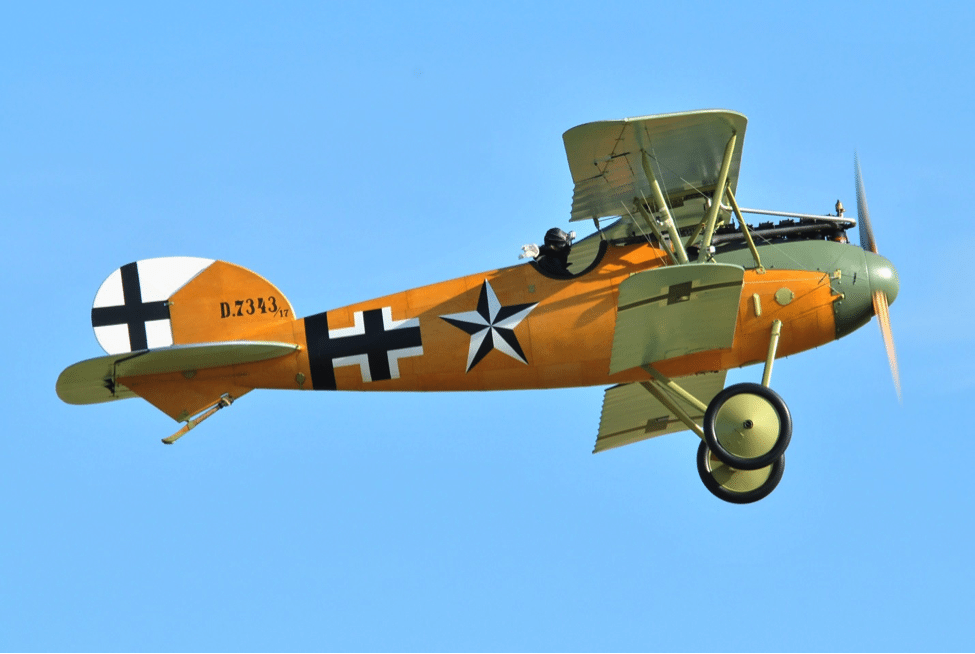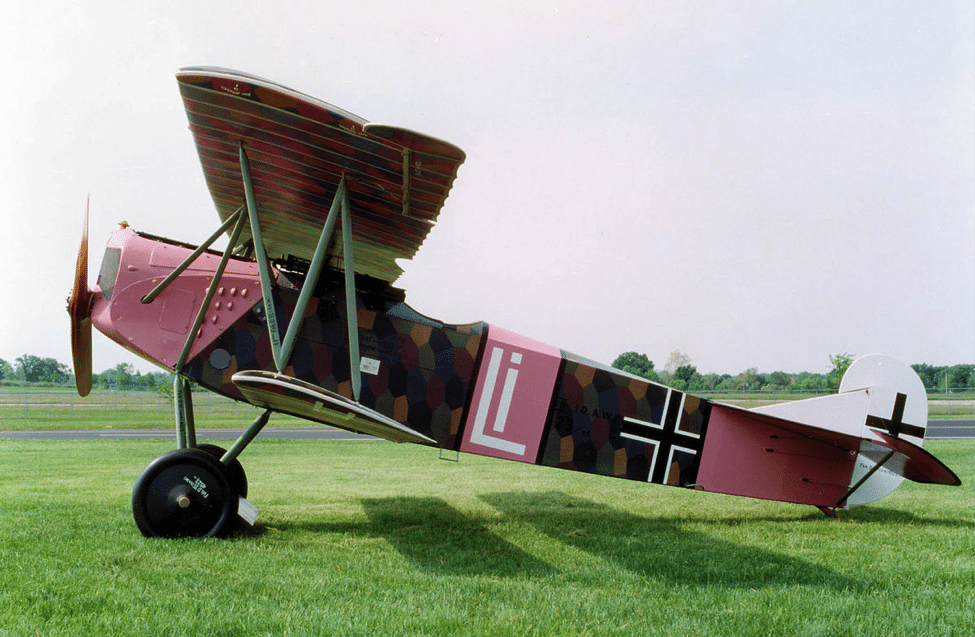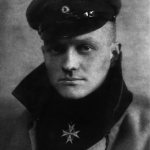Manfred von Richtofen’s 80 Victories Was Tops For World War I
On 21 April 1918 German ace fighter pilot Manfred von Richtofen was shot down and killed. Various accounts indicate that the “Red Baron” was shot down either by one of several British Empire (Canadian) SE5A fighters or by ground fire while engaged in a low-altitude dog fight with the fighters Richtofen’s demise brought to an end the Imperial German Army Air Service’s top ace of World War I, having achieved an unmatched total of 80 official aerial victories.

Grounded With an Eye on the Skies
Richtofen began his career in the service as a cavalry reconnaissance officer on both the Eastern and Western Fronts, seeing action in Russia, France, and Belgium. Richtofen considered his talents wasted as a dispatch runner and telephone operator. When he was transferred to a supply assignment, he impulsively applied for and received a transfer to Die Fliegertruppen des deutschen Kaiserreiches (Imperial German Army Air Service), later to be known as the Luftstreitkräfte. Manfred joined the flying service at the end of May in 1915.

Early Unconfirmed Kills
Richtofen scored an unconfirmed kill as an observer and later entered pilot training in October of 1915 after meeting German ace fighter pilot Oswald Boelcke. Although Richtofen did not initially impress anyone with his flying skills (he crashed his first time out), he kept at it and became first proficient and then quite skilled at the controls of the Albatros fighters used by the Germans. He scored another unconfirmed kill in April of 1916. When Boelcke and Richtofen again met, Boelcke selected Richthofen to join one of the first German dedicated fighter squadrons, Jagdstaffel 2.

First Victory and those Silver Cups
Richthofen scored his first confirmed aerial victory on September 17th 1916. Thus began a 19-month odyssey that included the ordering of silver cups engraved with the type of aircraft the Red Baron had shot down and the date of the aerial victory. He had collected 60 cups when the short supply of silver in Germany prevented the practice- but he didn’t stop flying and fighting or racking up victories. His tactics were considered conservative but they were effective enough. He and his squadron typically attacked from above and with the sun at their backs- tactics which still used today.

Needing a More Agile (and Red) Fighter
Richthofen’s victory over British ace pilot Major Lanoe Hawker VC on November 23rd 1916 convinced him that he needed a more agile fighter. He flew several different versions of Albatros biplanes until he flew the iconic Fokker Dr.I triplane. Richtofen only scored 19 of his 80 victories in the triple-decker and those only after its wings were strengthened. The first time Richtofen painted his fighter in that look-at-me red color was in January of 1917.


